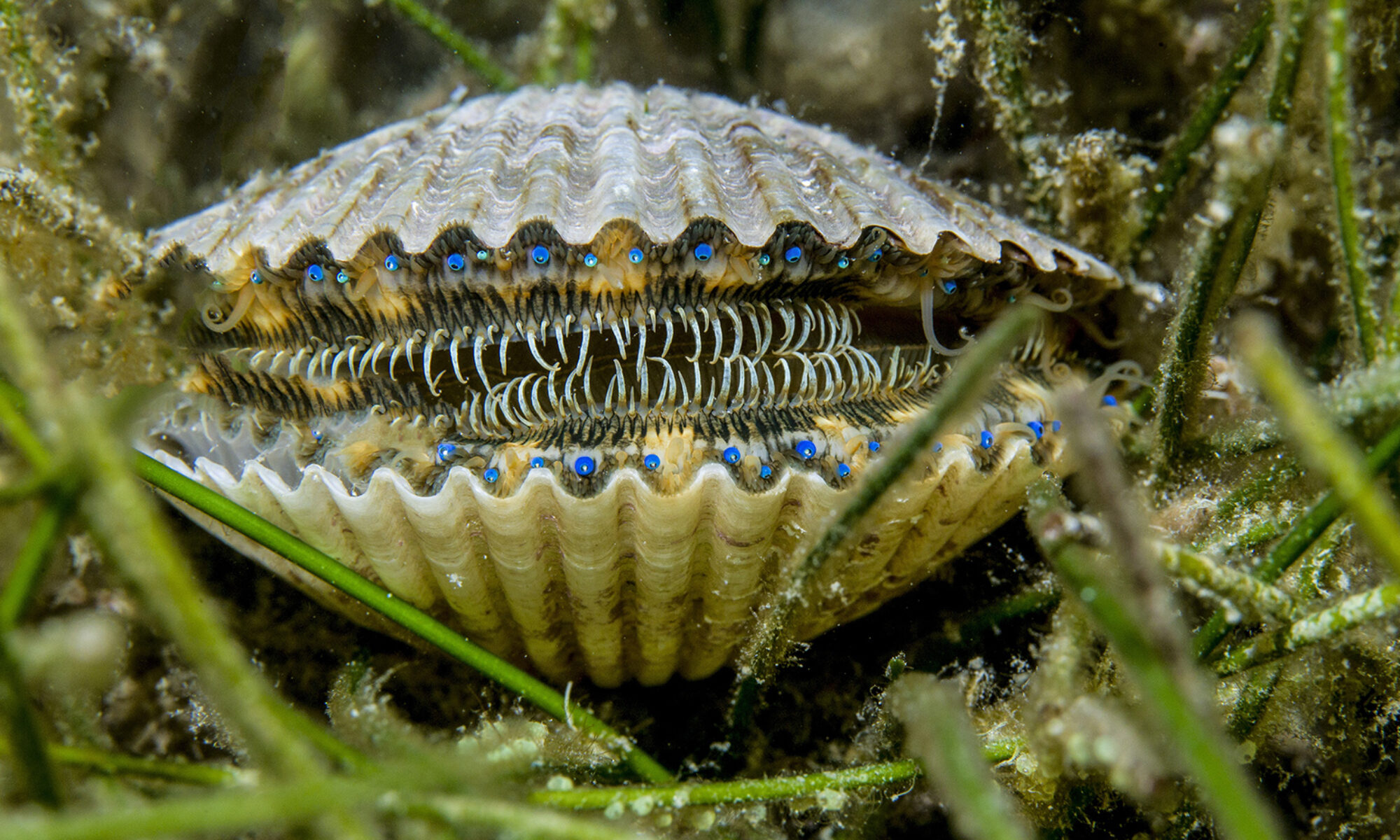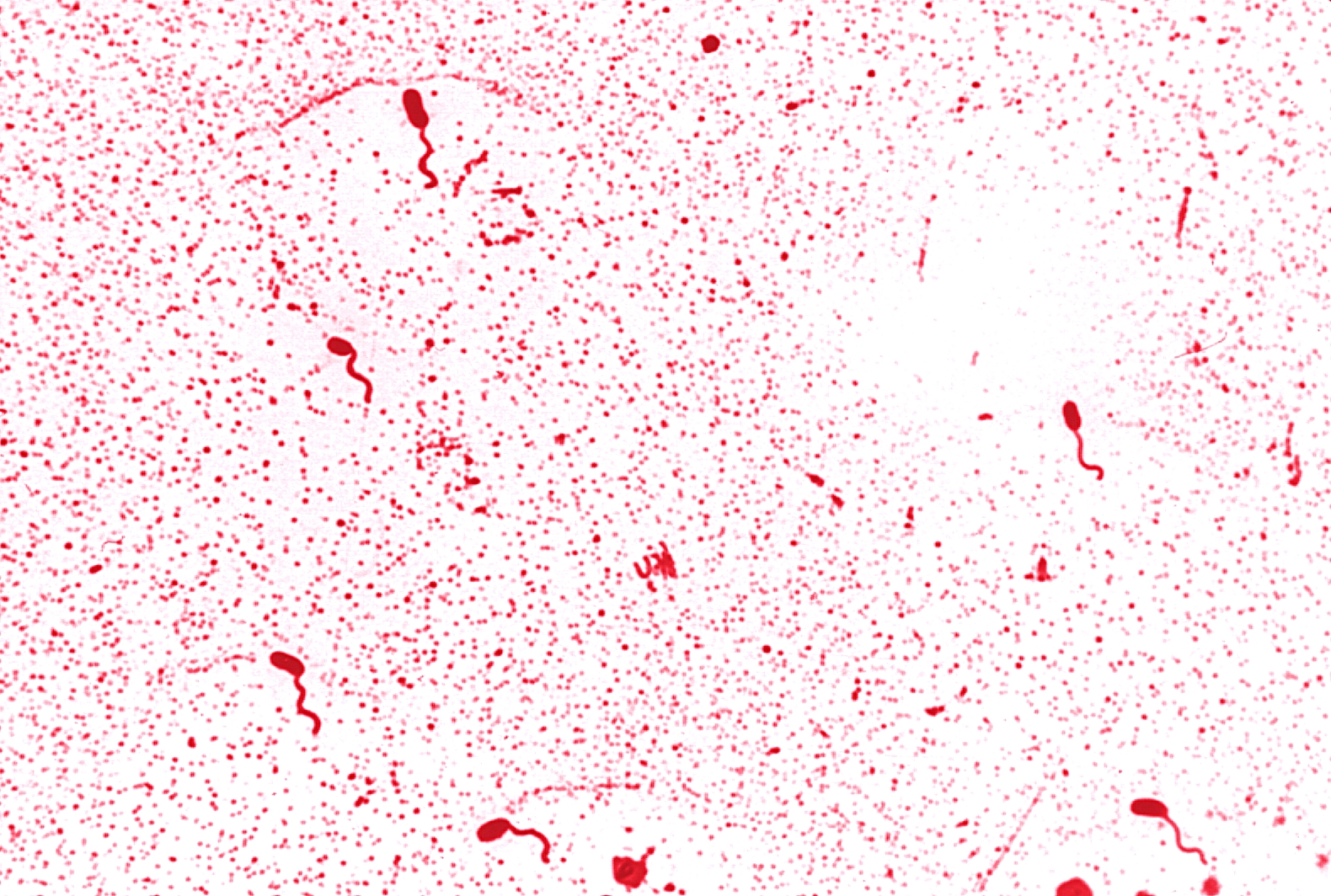Dilute Microbial Pathogens
Every year scientists, regulators, and environmental groups collect thousands if not millions of environmental samples. Samples of seawater, coastal sediments, harvested fish and shellfish, and much more, all aimed at detecting and quantifying potential pathogens such as norovirusus and pathogenic vibrio strains. Many of these pathogens exist in the environment only at dilute concentrations, so established assays have to rely on culture-based methods or proxies for pathogen presence, rather than quantifying abundance directly. This challenges our ability to make inferences about differences among samples, such as changes in pathogen abundance over time or across different areas.
We work with regulators and environmental groups to develop openly available statistical tools that consider our imperfect ability to detect environmental pathogens to make better inferences about disease risks to humans and wildlife. Most recently, we have developed a suite of models to infer differences among samples collected using the US Food and Drug Administration Most Probable Number from Serial Dilutions assay. These models have increased out capacity to infer how common aquaculture practices influence pathogenic vibrios. Contact Tal Ben-Horin to discuss your monitoring applications and data needs.

